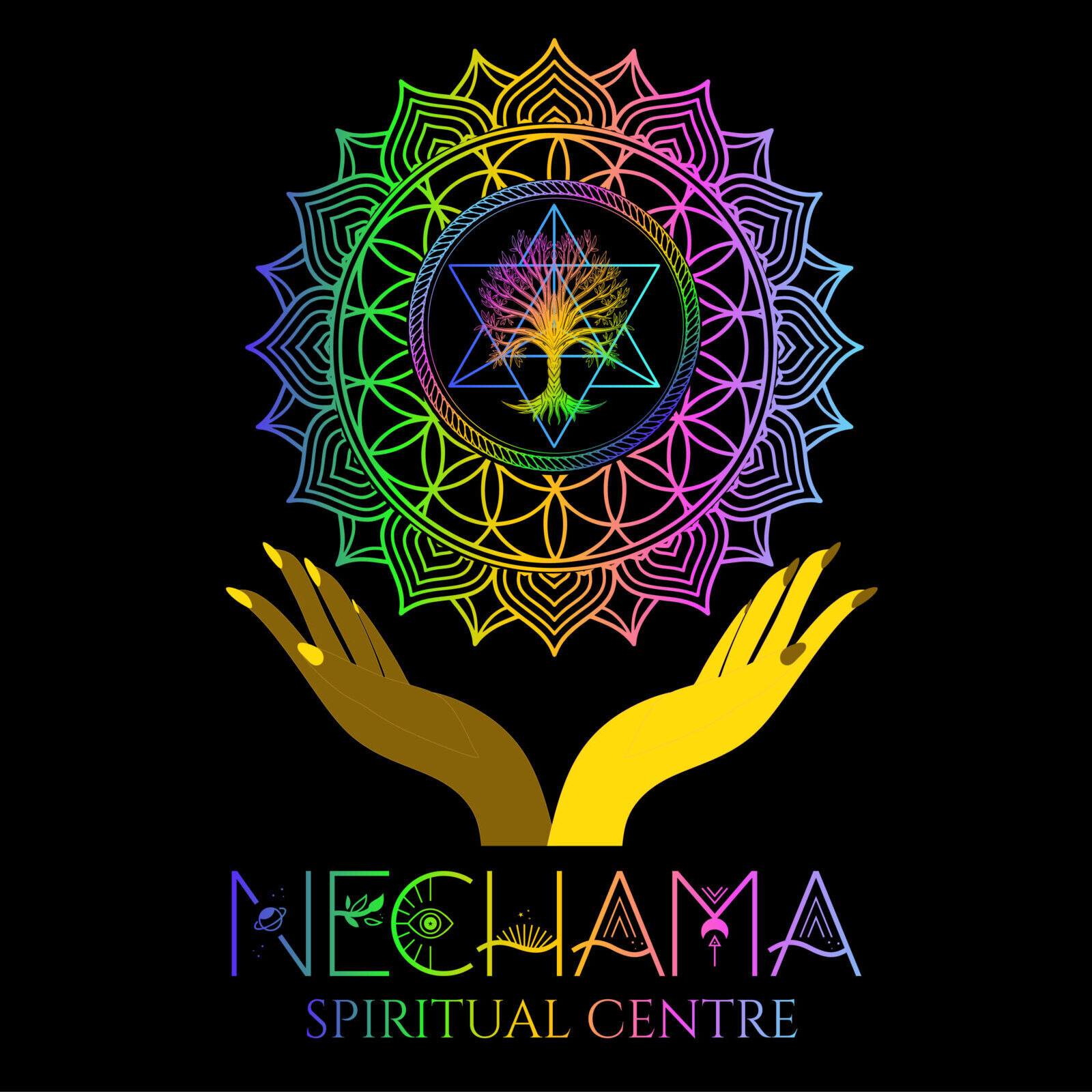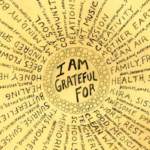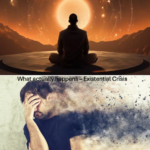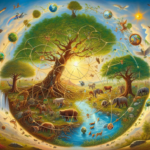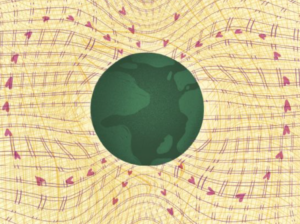Unlocking the Path to Expanded Consciousness: A Journey Within
Expanded consciousness is not just an abstract idea but a tangible experience that can transform how we see the world and live our lives. Throughout history, sages, philosophers, and mystics have spoken about the ability to see beyond the ordinary and tap into a deeper reality—one where we recognize our true essence and the interconnectedness of all things.
In this article, we will explore the wisdom of sacred teachings on expanded consciousness and practical ways to reach it in daily life. As we begin, let these quotes inspire your journey:
“If the doors of perception were cleansed, everything would appear to man as it is: infinite.”
– William Blake, “The Marriage of Heaven and Hell”
“You are not a drop in the ocean. You are the entire ocean in a drop.”
– Rumi
(This image symbolizes the interconnected nature of existence, where each drop reflects the infinite ocean of consciousness.)
The Call to Expanded Consciousness
Expanded consciousness is often described as seeing with new eyes—moving beyond the limitations of ego, time, and space to perceive the deeper truths that bind us together. As the famous writer Marcel Proust once said:
“The real voyage of discovery consists not in seeking new landscapes, but in having new eyes.”
– Marcel Proust
This new way of seeing is a shift in awareness, where we are no longer confined to our limited perception of self and reality. It’s the realization that our true nature is far more expansive, interconnected, and infinite than we ever imagined.
The Wisdom of Sacred Teachings
Many sacred texts offer insights into the nature of expanded consciousness. These teachings remind us that accessing this higher awareness is not an unattainable goal, but a spiritual journey that can be undertaken by anyone willing to commit to the path.
- The Upanishads: Unity of Self and the Universe
In the Upanishads, the ancient Hindu scriptures, expanded consciousness is about realizing the unity of the individual soul (Ātman) with the universal consciousness (Brahman). The separation between self and others is an illusion, and true awareness comes when we perceive this oneness.
“The man who sees all beings in the Self, and the Self in all beings, hates none.”
– Isha Upanishad
- The Bible: Transformation Through the Mind
In Christianity, expanded consciousness is closely linked to spiritual renewal and transformation. The Bible encourages believers to move beyond worldly thinking and align with divine wisdom.
“Do not conform to the pattern of this world, but be transformed by the renewing of your mind.”
– Romans 12:2
- The Tao Te Ching: Beyond Words and Concepts
The Tao Te Ching, the cornerstone of Taoist philosophy, teaches that expanded consciousness is about transcending the limits of language and understanding the Tao (the Way). This journey requires letting go of rigid concepts and flowing with the natural order of the universe.
“The Tao that can be told is not the eternal Tao; the name that can be named is not the eternal name.”
– Tao Te Ching, Verse 1
- The Qur’an: Striving for Divine Guidance
In Islam, expanded consciousness is about striving to align one’s will with divine guidance. By committing to this journey, believers can experience greater insight and wisdom.
“And those who strive for Us—We will surely guide them to Our ways.”
– Qur’an 29:69
Ways to Access Expanded Consciousness
Accessing expanded consciousness is not an instant process—it requires dedication, mindfulness, and intentional practice. However, it is achievable for anyone willing to take the steps. Here are some powerful ways to begin expanding your awareness:
- Meditation and Mindfulness
- Meditation is one of the most effective practices to quiet the mind and tap into deeper levels of awareness. In meditation, we learn to observe thoughts and feelings without attachment, leading to a state of inner stillness where expanded consciousness can emerge.
- Mindfulness in everyday life encourages us to stay present, notice the interconnectedness of everything, and cultivate a deeper awareness of each moment.
- Self-Reflection and Inner Work
- Self-reflection involves examining our thoughts, beliefs, and emotional patterns. Through inner work, such as journaling or shadow work, we peel away the layers of ego and conditioning, gaining clarity on our true self.
- This process allows us to access a more expansive perspective, where we see beyond the limited boundaries of the personal self.
- Connection with Nature
- Nature is a powerful teacher of expanded consciousness. By immersing ourselves in natural surroundings, we begin to sense the harmony, balance, and interconnectedness of all life.
- Spending time in nature can help cleanse the “doors of perception” and remind us of the infinite cycles and beauty that exist beyond human concerns.
(This image serves as a reminder of the vastness of the universe, reflecting how consciousness can expand beyond the self.)
- Breathwork and Energy Practices
- Breathwork, such as pranayama or deep diaphragmatic breathing, helps to activate the body’s energetic systems and facilitate a shift in consciousness. These practices can enhance mental clarity, reduce stress, and create space for deeper awareness to arise.
- Energy practices like Reiki or Qi Gong also focus on balancing the body’s energetic flow, opening pathways to expanded awareness.
- Learning from Mystics and Sacred Texts
- Reading sacred texts and learning from the teachings of mystics like Rumi, Lao Tzu, and others can help deepen our understanding of consciousness.
- Engaging with spiritual literature can awaken inner realizations and inspire our own journey toward expanded consciousness.
Final Reflection: Transcending the Ordinary
As Deepak Chopra says:
“Consciousness is the basis of being. It is through expanded awareness that we transcend the limits of ordinary experience.”
– Deepak Chopra
Each step toward expanded consciousness takes us closer to living a life of greater peace, purpose, and connection. It invites us to go beyond the surface and tap into the boundless nature of who we truly are.
Expanded consciousness is not just a state reserved for mystics or sages but a potential within every human being. As we explore meditation, mindfulness, nature, and ancient wisdom, we open the doors of perception and begin to experience the infinite.
In the words of William Blake:
“If the doors of perception were cleansed, everything would appear to man as it is: infinite.”
– William Blake, “The Marriage of Heaven and Hell”
So, embark on this journey, cleanse the doors of your perception, and realize that you are not just a drop in the ocean—you are the entire ocean in a drop.
